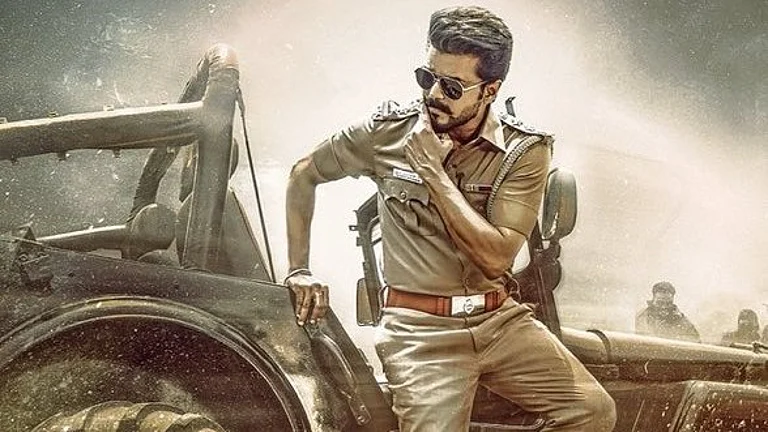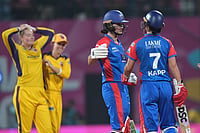Truth poses a problem. "Can you switch off the recorder for a moment?" The off-the-record moment has arrived. Even top editors, publishers, channel heads and proprietors of media organisations have something to say off the record. "Don’t quote me on this one, but..."
It’s a difficult time to be a journalist in India. The "hit-and-run media", as the PM recently said, is tripping on its ownspeed. Some stories are reported even when they don’t happen while others must never be told. News must be both event and spectacle. True but not necessarilyhonest. Fearless but funny. Cutting edge but glamorous. Equalising but leaning towards theprivileged. Nationwide is Delhi andMumbai. Be balanced, don’t get ideologically involved.Even if that means being neutral between the arsonist and the firefighter.
As journalists and proprietors search for what lies betwixt good news is news and bad news is no news, casualties have begun mounting in Indian newsrooms. Truth, as the cliche asserts, is the first. But the list of injuries is long:
- Subjectivity, inaccuracy, misquote
- Marketing men as editorial heads
- Sexing it up, dumbing it down, sting operations with methods and morals mixed up
- ‘Breaking news’ dozen times a day on TV and the kaisa lag raha hai (how does it feel?) journalism
- Convenient fearlessness, textual politics, pseudo-secularism
- TV studios as courtrooms, SMS voting on serious human rights issues
- The PR industry as source, selling of editorial space
- Pride and prejudice of editors clashing with that of those in power.
***

N. Ram, Editor-in-Chief, The Hindu"Sections of the media known for serious journalism have begun to dumb down. This is a disturbing trend. In the West, there is a line between tabloid and non-tabloid journalism. Here, newspapers offer both on one plate."
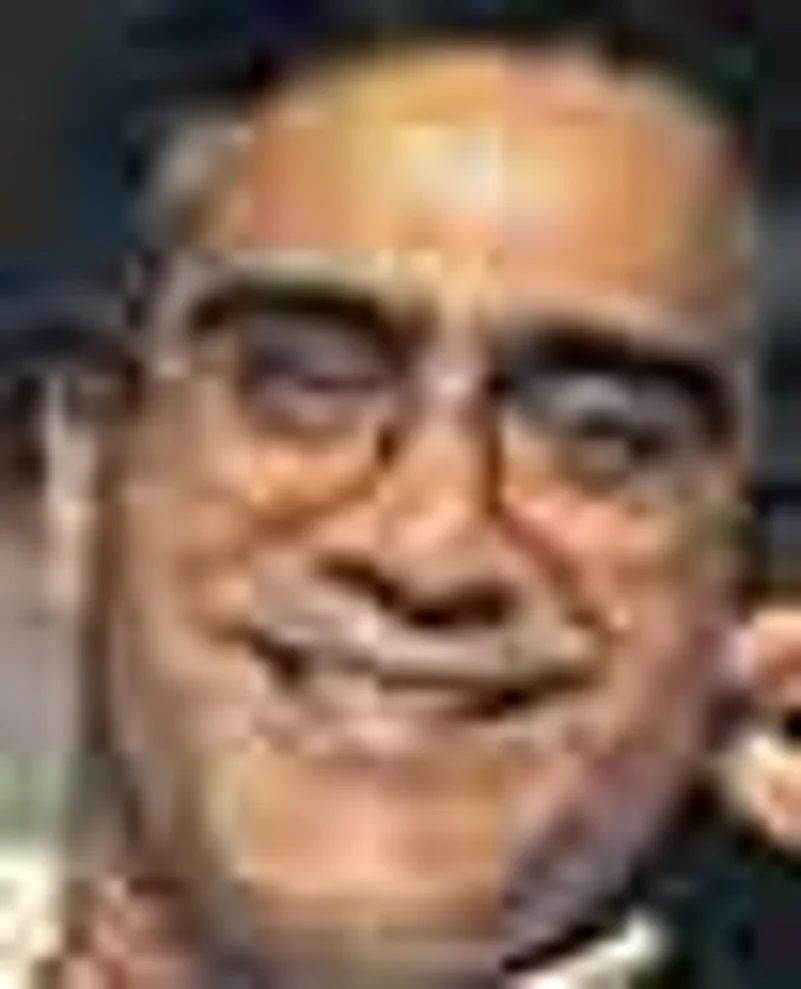
Aroon Purie, Editor-in-Chief, India Today Group"To a large extent, news has become a commodity. But the advertising market should not start dictating to a point where editorial is led by it. The key thing in our business is the sanctity of the editorial."
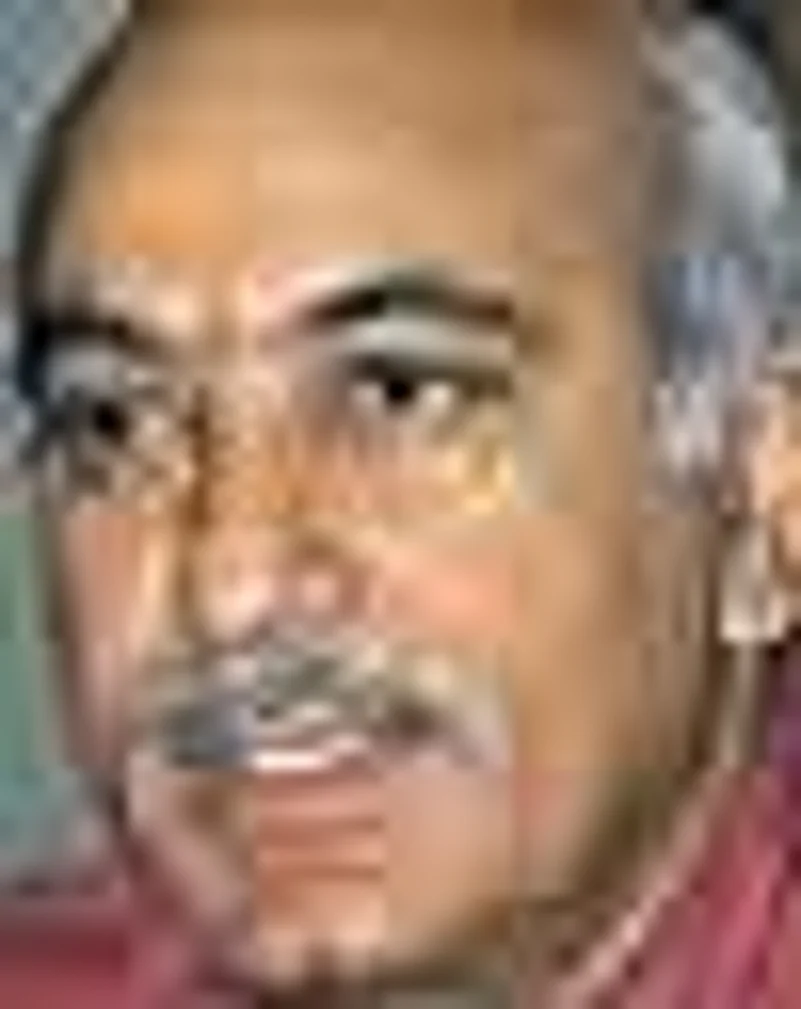
M.J. Akbar, Editor-in-Chief, The Asian Age"I believe the market is the biggest leveller. Now the concepts of entertainment have changed. A publication is a buffet, not a one-course meal. A problem arises when editors mistake the pickle for the main meal."
***
"Total circulation of all language newspapers: 13,30,87,588.
Today, India has about 8,141 English dailies."
***
"Sections of the media earlier known for serious journalism have begun to dumb down. This is a disturbing trend," says N. Ram, editor-in-chief, The Hindu. "Investigative journalism’s been given a bad name by the invasive spy camera. This keyhole journalism is rubbish."
Others think the market has become the ultimate decision-maker. "The huge growth of satellite TV is transformational. It has made advertising shift from print to TV—76 per cent down to 45—per cent," adds Aroon Purie, editor-in-chief, India Today group, which owns Aaj Tak."This change in the market which is the biggest dictator has brought about a change in journalism itself.It determines who succeeds and fails."The debate is titanic in nature. And doesn’t normalise judgement:
- Why has news become entertaining?
- Does the media still influence public agenda or is it just bigger in reach?
- Why is serious journalism no longer only about covering droughts, famines and the rural poor?
- What defines the New Editor or the New Journalist?
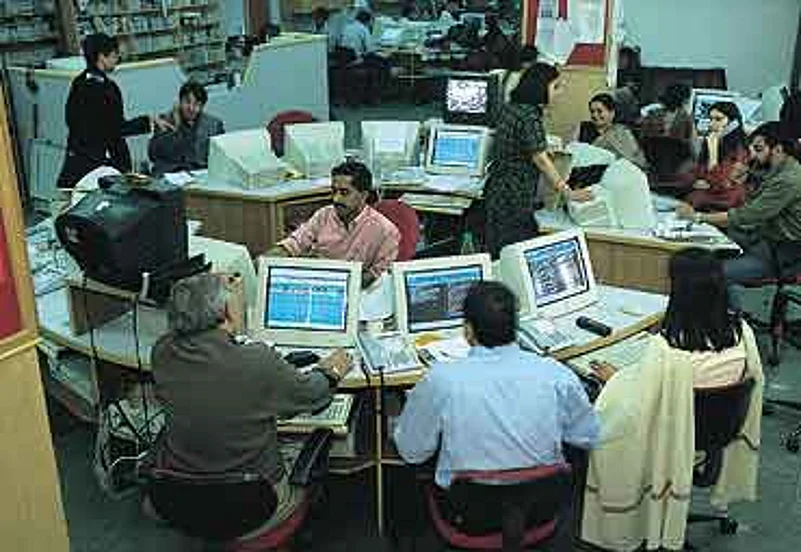
Others agree. "On the whole, I think the Indian media stands out for its vibrancy, variety and for improving over time," says T.N. Ninan, editor and publisher of Business Standard. "Today’s publications are unquestionably better than those 20 years ago and the same goes for TV other than Doordarshan. Let us recognise that variety also means you get good and bad," he adds.
***

Vir Sanghvi, Editorial Director, Hindustan Times"The idea that Indian journalism has got more corrupt is based on a false nostalgia for an era that never was. In the 1980s, the Ambanis had a long list of journalists on the payroll. Today, the situation is far better."

Dileep Padgaonkar, Former Times of India, editor, columnist "The dependence on ad revenues has become lopsided. Marketers determine what should, or should not, get into the paper. The very function of journalism—to gather facts and exercisecriticalfaculty—gets eroded."
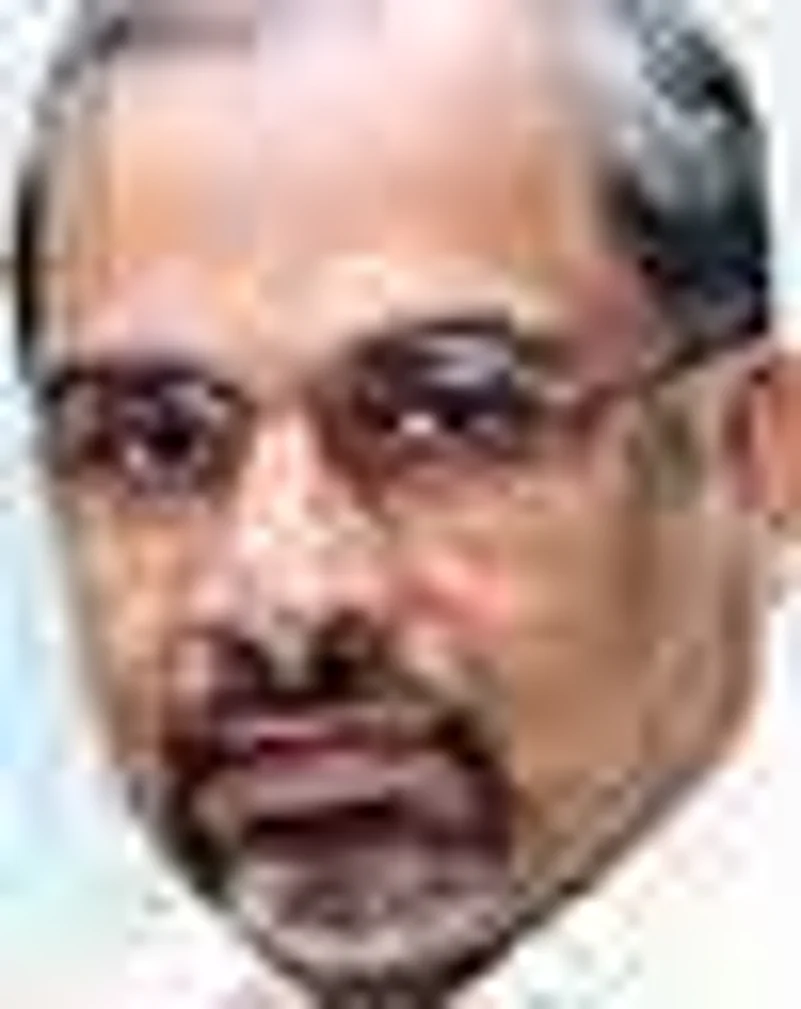
T.N. Ninan, Editor and publisher, Business Standard "Because of the rapid growth in demand for business journalists, we are throwing a lot of young people into frontline jobs. While this brings fresh energy, the challenge is to train them in good journalism."
***
"Number of publications registered with
Registrars of Newspapers in India: 58,469,2,689 in ’03-’04."
***
Vir Sanghvi, editorial director of Hindustan Times, too finds media’s sins needlessly hyped. "Journalism has evolved and I don’t see a crisis of credibility or a celebration of trivialisation. India is transforming itself and journalism is bound to reflect the changes," hesays. Adds M.J. Akbar, editor-in-chief of The Asian Age: "The market is the greatest leveller. What the reader doesn’t want, he will reject. Let’s be frank, I’d be a dead editor if I use a picture of a famine as the lead every day," he says.
News is now a sparkling commodity, not fuddy-duddy information. Some events hyped by the media reiterate that. Here is a random list.
- Sahara News exclusive: Karisma Kapoor-Sanjay Kapur making marital peace in Goa
- Sarabjit Singh’s hanging.An sms voting debate dispensing instant justice
- Breaking story: Aamir Khan’s alleged love child
- Bunty and Babli reading national news on NDTV India
- Shahid Kapur-Kareena Kapoor mms smooch saga a Star News’ exclusive
- Gudiya’s life and personal angst turned into a live TV drama on Zee News
- Aaj Tak’s qawwali during the 2004 Elections and the much-ridiculed jbc (news spoof by Javed Jaffrey)
- Shakti Kapoor and the casting couch and politicians having sex as India TV’s top story of the year.
What’s irrefutable, though, is that instead of becoming more reflective and analytical in reflex, print is becoming snappy, sexy andstylish. "In the rush to be the first and the most sensational, journalists forget the fundamental values of vetting of truth and filtering of reportage," says Chandan Mitra, editor-in-chief, The Pioneer.Pritish Nandy joins in. "Media has become an FMCG product, dumbed down and commercially driven," says the former editor of The Illustrated Weekly, The Independent, publishing director of the Times of India and former Rajya Sabha MP."Media has become a product of the dimwits, by the dimwits, for the dimwits. It no longer aspires to change the world. It is becoming increasingly insensitive," he adds.
Is The Media Still Influential?
Take a break for a chapter from history. The ’70s and ’80s revealed how "a cantankerous, obstinate and ubiquitous press must be suffered by those in authority to preserve the greater values of freedom of expression." That’s what Judge Murray Gurfein of the US wrote when he ruled that the Richard Nixon administration could not stop the publication of the Pentagon Papers in The New York Times.
***

Shekhar Gupta, Editor-in-Chief, The Indian Express"Today, journalism of courage is to stay afloat in the market and yet not sacrifice your basic beliefs in journalism. We believe that there is no contradiction in good journalism and the marketplace."

Vaasanthi, Journalist, short-story writer, columnist"The free press, which should be the strongest pillar of democracy, was never as weak, as powerless as it is now. The liberty of the press has been gobbled up by‘liberalisation’."
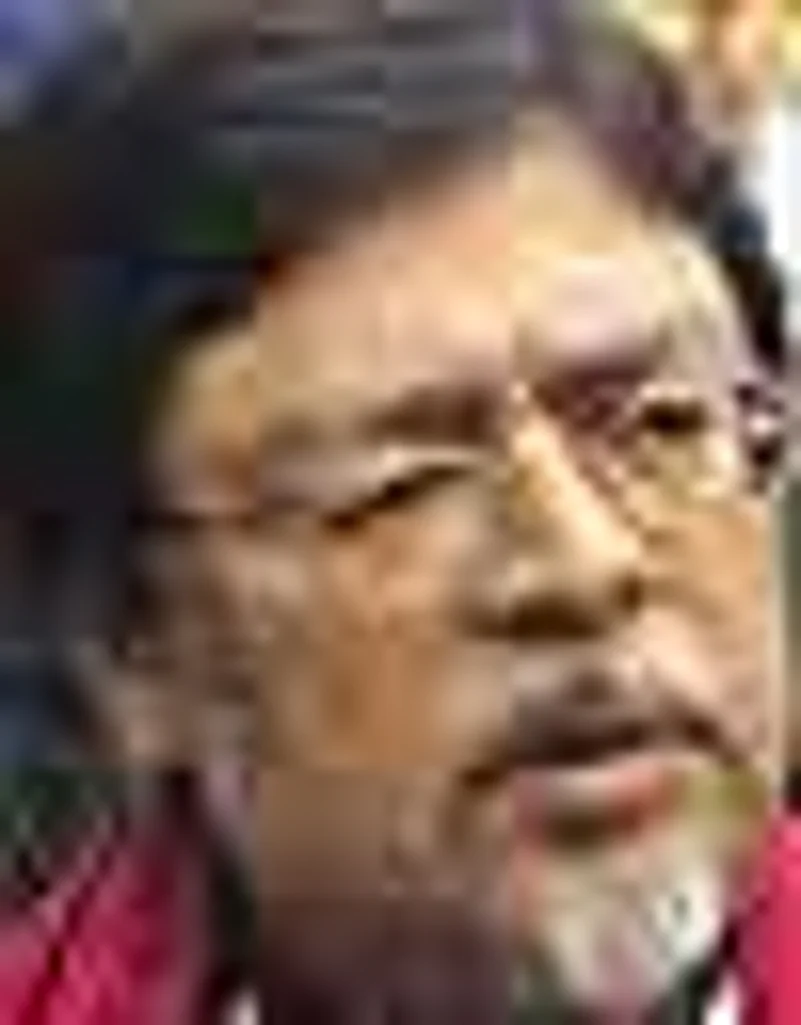
Chandan Mitra, Editor-in-Chief, The Pioneer"We’re living day to day, issue to issue, bulletin to bulletin. I’m not arguing for the dull, boring media of the past that reproduced government handouts. But keep the distinction between media ethics and economics alive."
***
"India has roughly 17,000 weeklies, and
20,000 biweekly, fortnightly and monthly magazines."
***
In India too, the post-Emergency period was when journalism, asphyxiated by Mrs Gandhi, started breathing fire. Arun Shourie, M.J. Akbar and N. Ram, closely followed by Shekhar Gupta, shone brightly. Akbar’s first cover story in the Illustrated Weekly of January 1972 on the Maharashtra famine was an insightful indication of what the pen was capable of. In the pre-’80s, Ashwini Sarin of The Indian Express wrote the story of Kamla, the girl he had bought to prove trafficking of women in India. Later, Patna journalist Arun Sinha wrote the memorable Bhagalpur blindings story in December 1980, that had simultaneously been reported by a correspondent from Sunday magazine. In the ’80s, Arun Shourie as editor of The Indian Expresscrusaded against corruption in thegovernment.His crowning moment came in 1988, when he defied the Rajiv Gandhi government’s infamous ‘Anti-Defamation Law’ that tried to restrict the freedom of the press.N. Ram’s investigation of the Bofors arms in 1988-89 in The Hindu brought the downfall of the Rajiv Gandhi government.When a Sri Lankan Tamil Tiger suicide-bomber strapped with explosives blew Rajiv Gandhi up in May 1991, Shekhar Gupta’s story on LTTE training camps published in January 1984 in India Today returned to haunt.A story that had stirred much controversy with slogans accusing India Todayof being Lanka Today.
Examples of journalistic perseverance are now more the exceptions than the norm.The fodder scam, the telecom scam, the BJP’s petrol pump allotment, the murder of Bihar engineer Satyendra Dubey and the post-Godhra stories—the Best Bakery and Bilkis cases. And, the Tehelka sting.
"Nobody can ignore the media. Without it, the Mukesh vs Anil Ambani debate, the RSS vs Advani debate and the Supreme Court taking up issues like cleaning up of cities would never have happened," says Rajat Sharma, chairman and editor-in-chief of India TV.
***
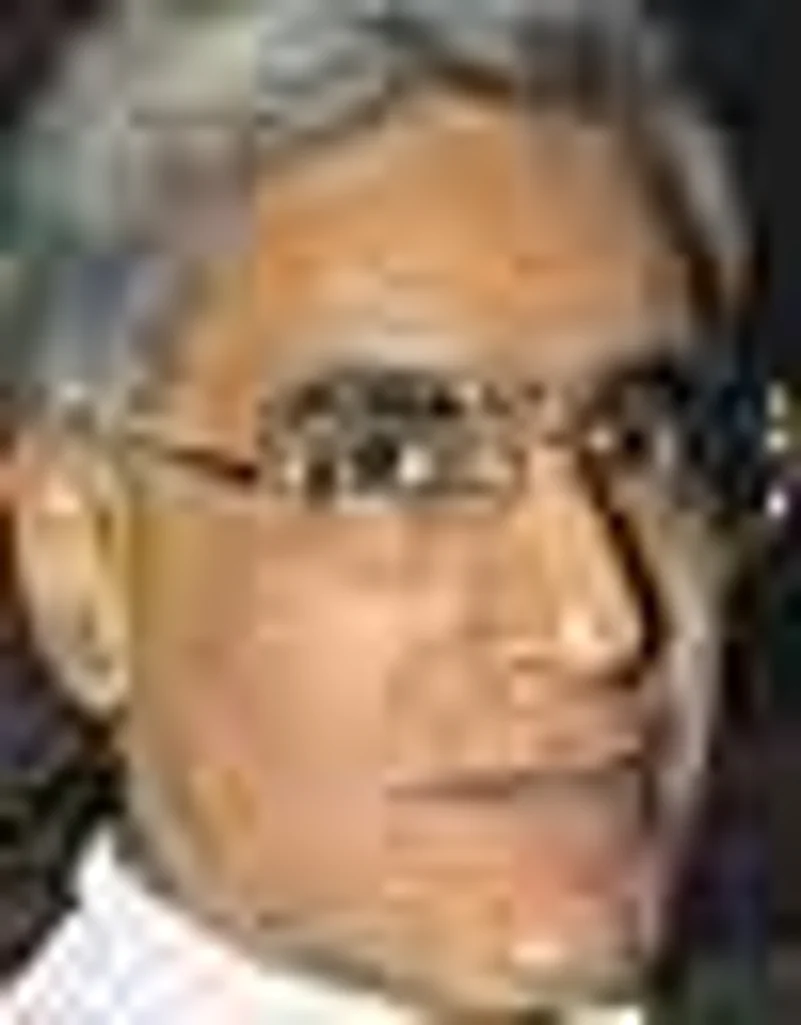
Karan Thapar, CNBC talk show host and columnist"Often, Indian journalism is careless. There is inaccuracy, misrepresentation and lack of careful research. Sometimes journalists write without a sense of history, giving judgement rather than facts."

Sevanti Ninan, Media analyst, and columnist"To me, one of the biggest concerns is the self-censorship journalists practise because of advertising, proprietorial pressures or pure laziness. If you want to name names you’ve to work harder to get proof."

Rajat Sharma, Chairman, editor-in-chief, India TV"Media is more influential but less responsibletoday. What we need are good stories that stand up for merit, not those which promote or support the business of the mediaorganisation."
"A 2005 media advertising study found TV taking 46% of the
total industry size worth Rs 9,493 crore."
***
N. Ram too thinks so. "Newspapers have not ceased to influence public opinion or make an impact on policy decisions. In Gujarat ’02, Modi won despite the media outcry, but his party did badly in 2004—the media can take some credit for persistence. It does have an agenda-building role and must persist with that," he says.
TOI Is But One Weak Link
While the media continues to wield enormous influence, its moral authority stands questioned. "Media is a consumer product, a friend and a soulmate," asserts The Times of India. TOI may be the largest selling English daily in the world—as it claims—but it will never be able to live down the selling of editorial space under its Medianet wing from 2003. The organisation, though, is unapologetically polishing itsact. "What can be wrong with a brand that recognises and delivers what the readers want? We are not into doing stories the journalistic community or the opinion-makers think are relevant," says Rahul Kansal, director, TOI brand. Sumanta Pal, vice-president, TOI, defends Medianet. "We call it process purity," he says. "We made Rs 28-30 crore last year but that is only half of what Medianet rejected.And it is only 1 per cent of the total turnover of the entire organisation," he says. Pal alleges such articles invariably find their way to the society pages of other newspapers, masquerading as news."At least, we don’t call it news.What could be wrong with this process?"
What is wrong is that there is nothing right about a trend that makes journalists irrelevant. Not surprising, not one media organisation has followed suit.But blaming the TOI doesn’t justify the sins of others.
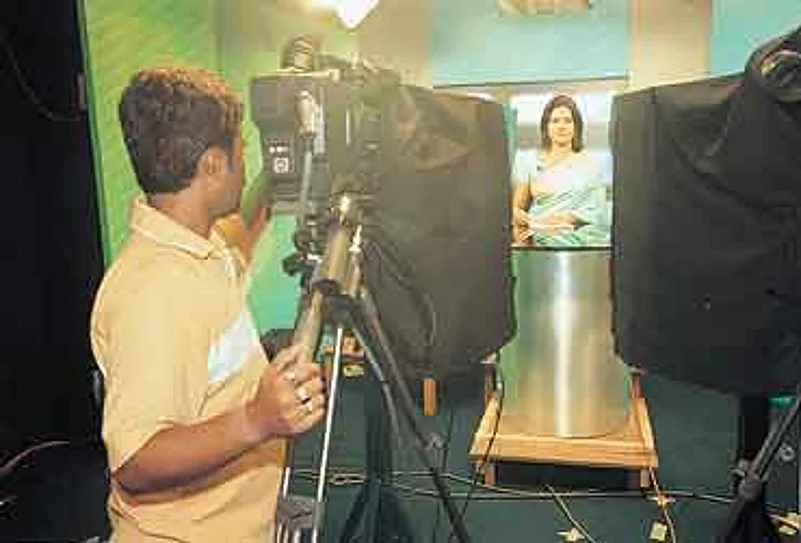
What About Dumbing Down?
The PM’s recent rapping of the pink papers is a significant comment on the need for fact-checking, especially in business journalism, where writing well isn’t enough. T.N. Ninan, whose paper Business Standard issued a front-page clarification for reporting that news, agrees. "Because of the rapid growth in the demand for business journalists, we are throwing a lot of young people with little experience into frontline jobs. This brings fresh energy but the challenge is to train them in good journalism."
On the other hand, columnist and CNBC talk show host Karan Thapar believes that only certain sections of India are being written about. "India is in the grip of a second agrarian crisis. Equally importantly, 40 per cent of India eats less than what sub-Saharan Africa does. Nobody seems to be writing about it," he says. For many working journalists, these "serious issues" translate into everydaybattles. Stories on HIV-AIDS, rural poor, health and gender are constantly shot offnewslists.
***

Girish Agrawal, Director, Dainik Bhaskar"Even mediocrity is a kind word. Often the journalists who come looking for jobs and are hired are those with grace marks; there are no distinctions here. And yes, we are burdened by that thought."
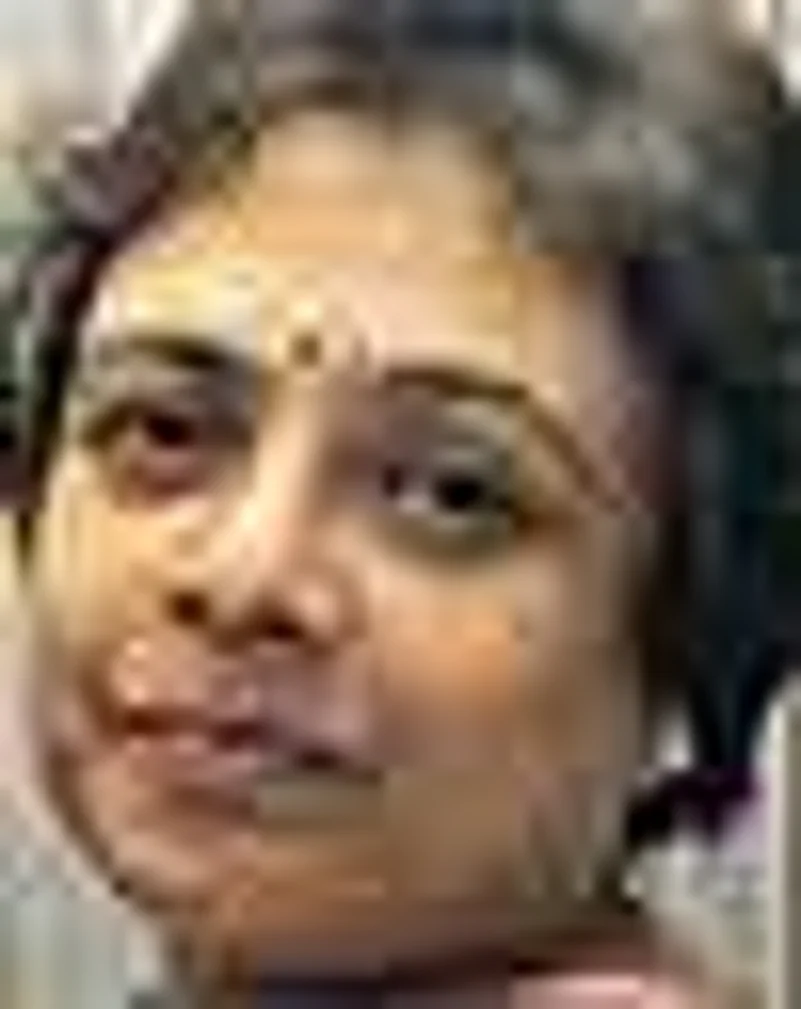
Mrinal Pande, Editor, Hindustan "Dumbing down is more pronounced in the English media because they have painted themselves into a corner. English has been sniggering so long at the rest of the country, now it’s part of their mental makeup."

K.N.Shanth Kumar, Editor, Deccan Herald"The wall between editorial and circulation should be broken, not the one between editorial and advertising. Editors must get together and show the market that we are one on this issue."
***
"TV penetration has risen from 85 mn homes in 2002
to 108 mn in 2005; cable and satellite homes: 61 mn."
***
Sexy stories rule. Sexy means urban, cheerful, positive and promising. Within that too, we must feature those who are young andgood-looking. Media analyst and columnist Sevanti Ninan, editor of thehoot.org, an independent media watch website, says the divide is tooobvious. "Journalism is becoming soft because it is lucrative. Fitness sells but not health coverage, food writing but not reporting on hunger.The media presumes that fashion, lifestyle and sexsell. How poorly are the states covered. Organisations have just one correspondent covering a state but will employ 13 people in Delhi or Mumbai," shesays. Ninan cites self-censorship as a major concern: "No sustained coverage of human rights abuses in Kashmir or the Northeast. And no naming big names. Sahara is a generous advertiser so nobody probes its affairs."
Let’s admit it is we who created wannabes who dress, behave and think to give bites and photographs. We named them the P3P and put them on glamour pages. We made socialites like Bina Ramani and Nina Pillai into newspaper columnists and Nafisa Ali a causerati queen. Now both P3P and the media must suffer each other. It is tough to say who is fooling whom."The media is now more influential but less responsible," says Rajat Sharma."In a week when Manmohan Singh and President Musharraf’s US meeting was the top story,










